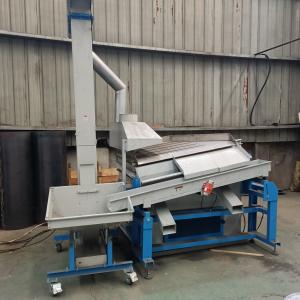

Add to Cart
Lithium batteries come in a variety of shapes, sizes, designs,
materials, and chemical compositions. Besides the use of small
lithium button cells used in watches, digital cameras and other
consumer appliances, there are many specialised batteries for
scientific, military, aerospace, automotive and commercial
applications. There are two basic categories of lithium battery, or
LIB: (1) Lithium-ion battery: non-rechargeable batteries containing
lithium metal, and (2) rechargeable batteries containing salts of
lithium. Rechargeable lithium ion (Li-ion) batteries are used in
mobile phones and laptops, and larger versions power electric
vehicles (EV) and cars in particular. Lithium polymer batteries are
a category of Li-ion rechargeable batteries, which have a range of
laboratory and scientific applications, as well as being used in
consumer electronics such as laptops and tablets.
Lithium rechargeable batteries are used mainly to provide the private individual or business consumer high-end luxury electronic and electrically powered devices, such as lap-top computers and smartphones. The use of even disposable lithium composition batteries is commonplace, including in small photo and electronics applications in all aspects of everyday use. In safety terms LIB have a ‘poor press’ in the light of recent fires. These included fires that have occurred while charging smartphones, fires during waste disposal operations and the involvement of on-board aircraft systems lithium power batteries in the loss of two Boeing 787 Dreamliner aircraft. There have been instances reported in lithium battery recycling operations and also fires reported in motor vehicles during recharging operations.
